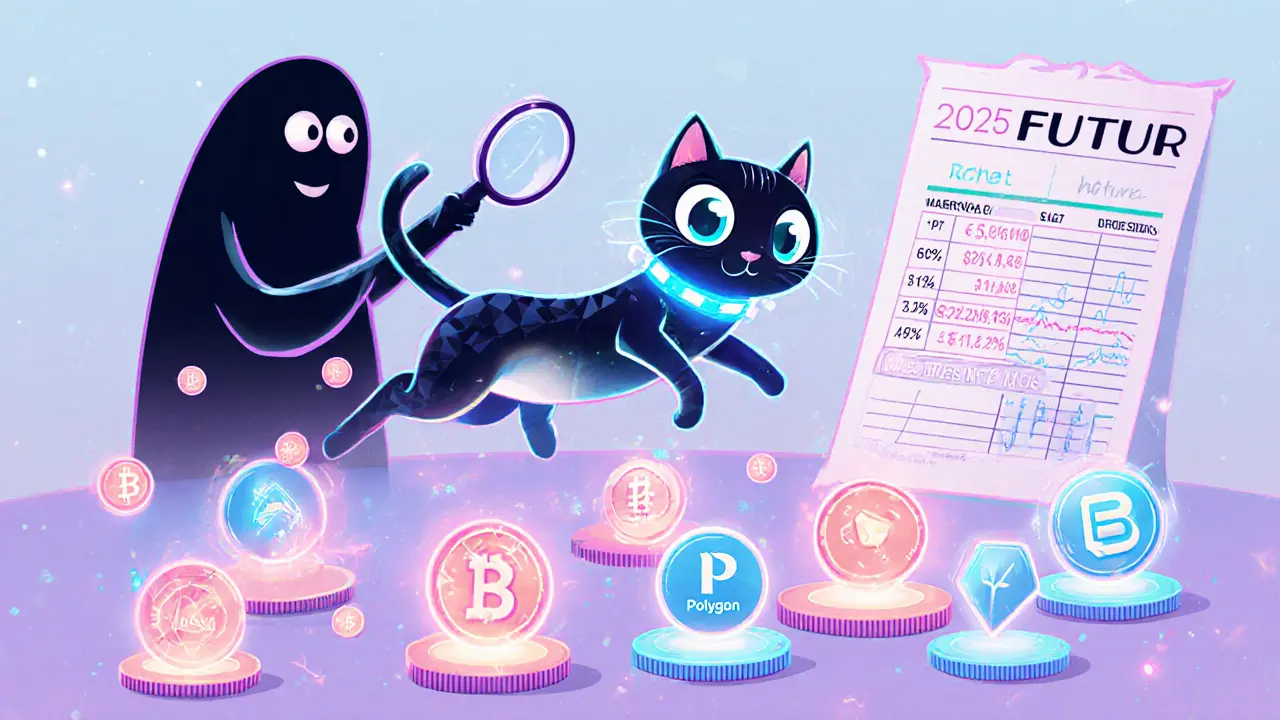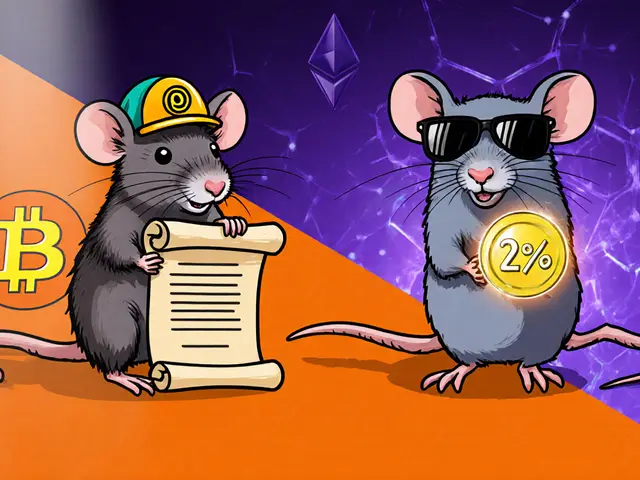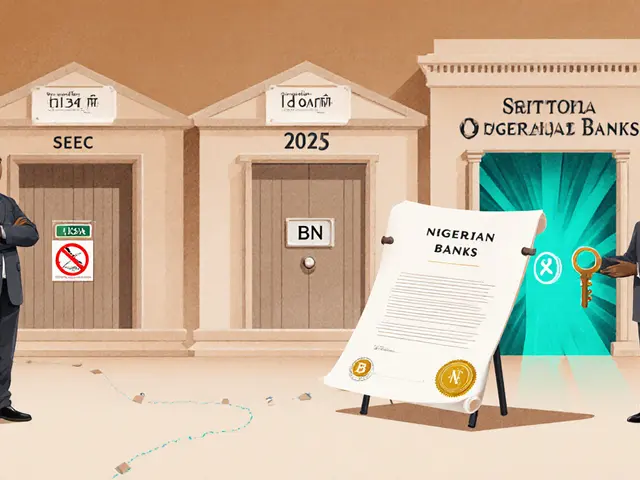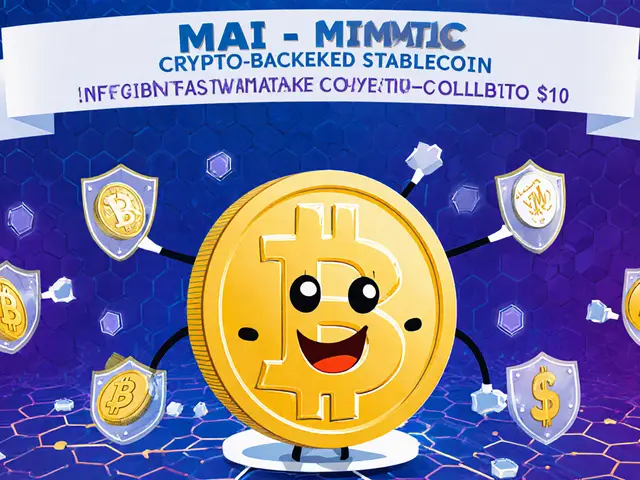OMNI Coin: What It Is, How It Works, and Why It Matters in Cross-Chain Crypto
When you hear OMNI coin, a cryptocurrency built on the Bitcoin blockchain that enabled the first major token standard before Ethereum existed. Also known as Omni Layer, it was the original platform for creating and trading digital assets like Mastercoin and later, Tether (USDT). Unlike most tokens today that run on Ethereum or Solana, OMNI coin operates as a protocol layer on top of Bitcoin—making it one of the first attempts to add smart contract-like features to Bitcoin without changing its core code.
This design made OMNI coin a pioneer in blockchain interoperability, the ability for different blockchains to exchange data and assets. Before bridges became common, OMNI let users send tokens across wallets using Bitcoin’s network. That’s why early versions of USDT, the world’s largest stablecoin, were issued on OMNI. It wasn’t just a coin—it was a bridge before bridges existed. But as newer chains like Ethereum and Cosmos emerged with faster, cheaper transactions, OMNI’s reliance on Bitcoin’s slow block times and high fees made it less practical for daily use.
The rise of cross-chain bridges, third-party systems that connect separate blockchains to move assets between them changed everything. Projects now use these bridges to move tokens from Ethereum to BSC or Solana in seconds. But many of these bridges have been hacked—over $2 billion lost since 2020. OMNI coin’s approach was different: no external bridge needed. Everything stayed within Bitcoin’s security. That’s still its biggest strength. But it’s also its biggest weakness. Transactions take minutes, not seconds. Fees spike during network congestion. And most new users have never even heard of it.
So why does OMNI coin still matter? Because it proved that tokenization on Bitcoin was possible. It showed that you didn’t need a new blockchain to create new assets—you could build on top of the most secure one. Today, when you see a cross-chain communication, the technical process that allows one blockchain to verify data from another system like Chainlink’s CCIP or Cosmos’ IBC, you’re seeing the evolution of what OMNI started. The goal hasn’t changed: move value freely between networks. But the methods have gotten faster, riskier, and more complex.
Below, you’ll find real-world examples of how OMNI coin fits into today’s crypto landscape—whether it’s through its role in early stablecoins, its influence on current interoperability standards, or why some traders still hold it as a piece of crypto history. You’ll also see how its limitations highlight why modern bridges are so popular—and so dangerous. This isn’t just about an old coin. It’s about understanding the roots of the systems that move billions in crypto every day.






